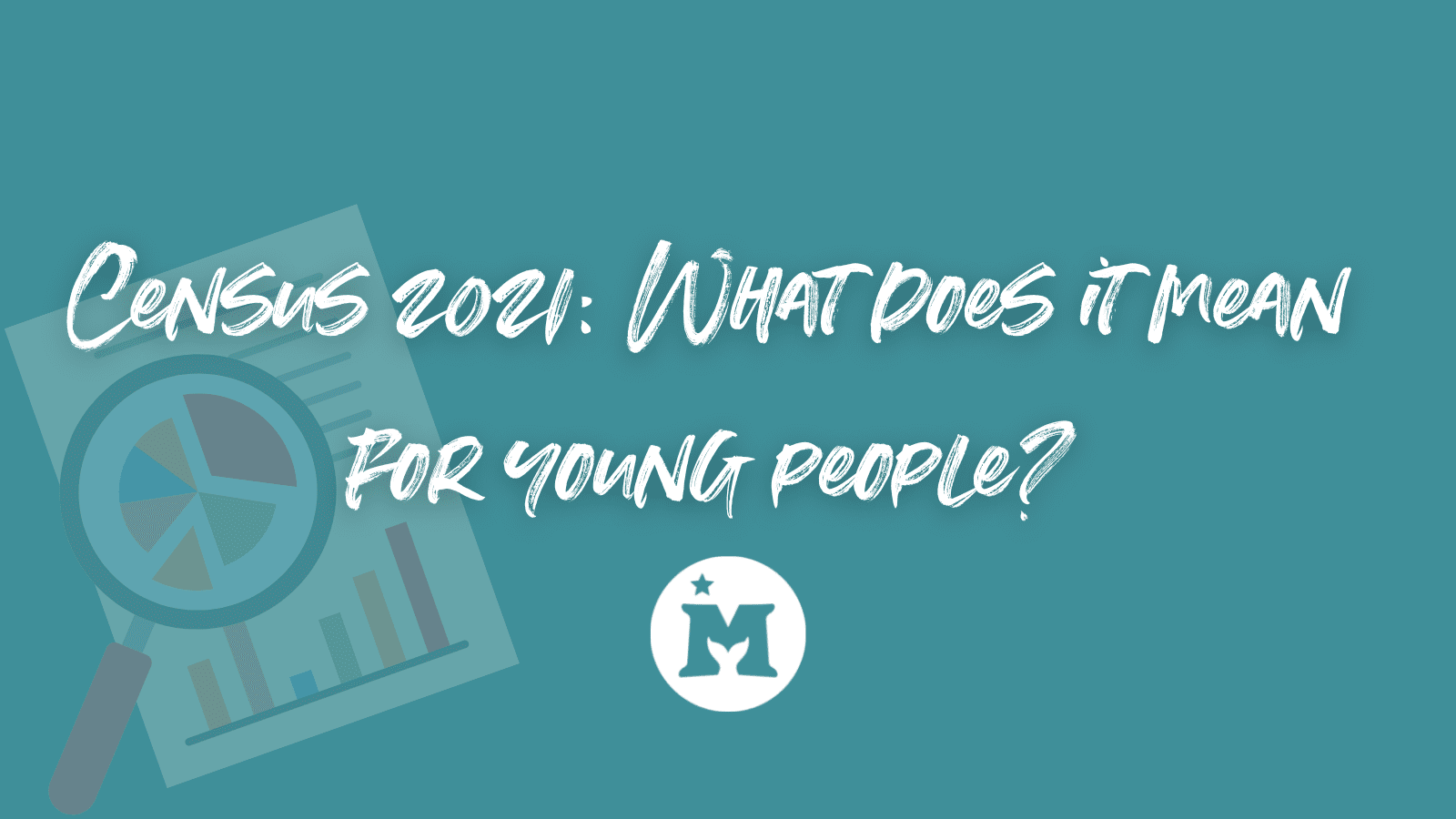
For the first time, we have census data on gender identity, with over 250,000 people in Wales and England declaring their gender identity as different from sex registered as birth in the 2021 census, published this month.
This means that at least 0.5% of people in England and Wales are likely to be trans (which we are using as an umbrella term), with over 1% of those aged between 16 and 24 identifying as trans.
This new data on gender identity is an important step in recognising the long neglected and overlooked reality of the trans community. From three to five-year waits to access healthcare to poor mental health outcomes, trans young people face significant inequalities, and the census reinforces that the needs of our communities can no longer be ignored.
What is Census 2021?
Every 10 years, all people in England and Wales have to answer a set of questions at the same point in time. This is called the census, and it helps inform public services and understand the population.
What does it tell us about gender diversity in England and Wales?
It was exciting to see the census offer eight options for gender identity, including trans man, trans woman and non-binary. People were also asked if the gender they identify with is the same as their sex registered at birth.
Some initially interesting findings include:
- More people are identifying as trans than previously estimated.
- The highest proportion of trans people are aged between 16 and 24.
- At least 1 in 100 16 to 24-year-olds recorded their gender identity as different from their sex registered at birth, which has strong implications for students in every college and university across the country.
- 85% of people who identify as non-binary are aged between 16 and 34.
- The number of people describing themselves as trans men and trans women was roughly equivalent, at 0.14% and 0.13% of the total population respectively.
Why is this data important?
The data signals a shift away from the assumption that everyone is cisgender and straight, and it will be important for public services, like education or the NHS, to provide targeted help which meets the needs of the trans population.
The information from 16 to 24-year-olds, and the higher proportion of trans people in that age bracket, may reflect the greater visibility, and in some places, greater acceptance, afforded to trans people in recent years, with young people feeling more empowered to be open about who they are.
What is still missing?
Declaring your own gender identity in a census has its challenges, especially for anyone completing the form in your family household as a young person. As academic Dr Ruth Pearce tweeted:
“Historically, we have been a hidden population. The census is a blunt tool, and not everyone will feel ready or safe to be counted.”
Many non-binary and intersex people raised concerns that the census only provided options for “male” and “female” when indicating sex. While we recognise the importance of the two new questions on gender identity, it was not inclusive for all trans people.
It is noteworthy that of trans women, 66.16% answered female to the sex question and of trans men, 67.50% answered male to the sex question. This highlights that terms like sex and gender carry different meanings for trans people which should be reflected in further analysis of this data.
The 2022 Scottish census, from which data is yet to be released, asked “Do you consider yourself to be trans, or have a trans history.” In Northern Ireland, the 2021 census unfortunately did not ask respondents about gender identity.
Mermaids would like to thank Dr Kevin Guyan for his advice on this blog. Kevin’s 2022 book Queer Data can be found here.
